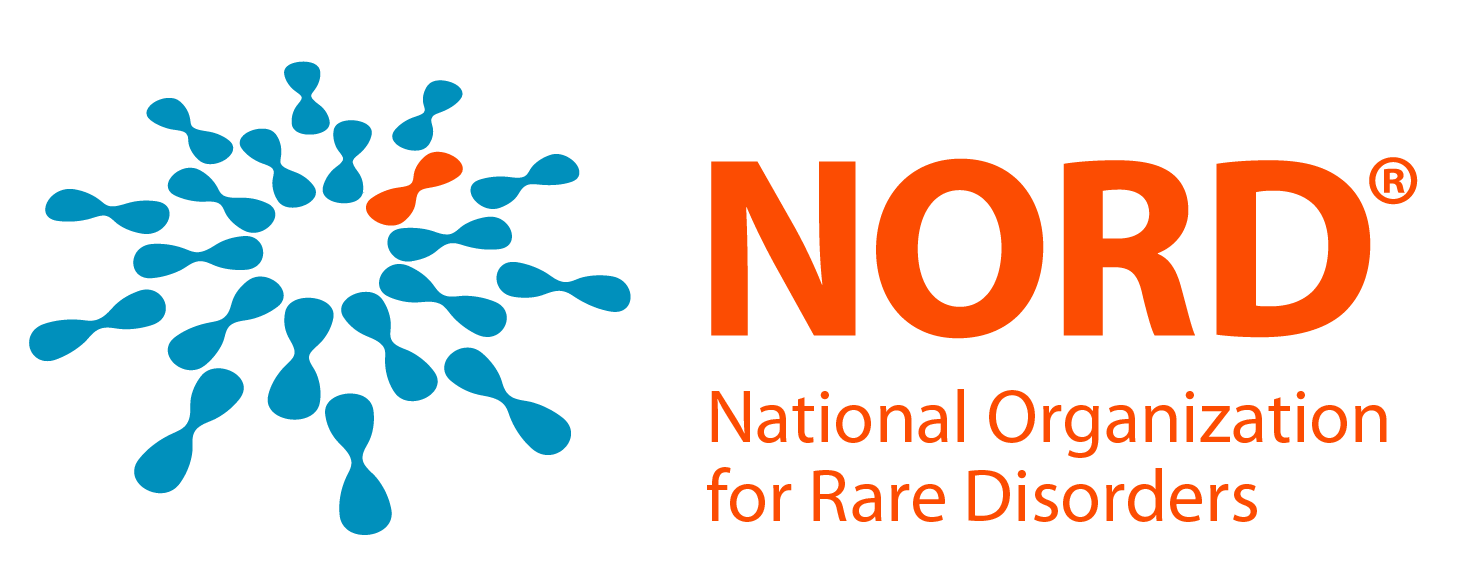Everyone in the rare disease community who watched IBM’s “Watson” computer perform on “Jeopardy” early this year probably started to wonder about the potential of “Watson-like” systems to assist doctors in accelerating the accurate diagnosis of rare and unusual medical disorders — one of the first and most critical steps in assuring quality of care.
An article by Katie Hafner in Monday’s New York Times got me thinking about this issue all over again. This article may be of interest to many in the rare disease community.
Ms. Hafner’s article compares the way one of America’s truly expert diagnosticians — Dr. Gurpreet Dhaliwal, an associate professor of clinical medicine at the University of California, San Francisco — goes about the process of assessing the likelihood of particular clinical conditions in specific patients based on all of the available data and compares it to the way that computer programs can support and facilitate that process. She asks three key questions:
- Just how special is Dr. Dhaliwal’s talent?
- What can he do that a computer cannot?
- Will a computer ever successfully stand in for a skill that is based not simply on a vast fund of knowledge but also on more intangible factors like intuition?
In truth, of course, we really can’t answer any of these questions yet. As one reads through the article, it becomes clear that multiple factors are involved:
- What Rudyard Kipling described (in one of the Just So Stories) as the “satiable curiosity” that Dr. Dhaliwal exhibits about the details of each patient’s condition and the way that those details truly correspond to characteristics associated with very different clinical conditions
- The ability of a person (or a computer) to absorb, remember, and synthesize information
- The “gut sense” that an expert diagnostician learns to rely on about what just feels feels right or wrong in a particular case
The application of computers to facilitate the accurate diagnosis and treatment of individual patients has a history going back to the late 1960s and early 1970s. By the 1980s, a still-evolving program called DXplain was being used at Massachusetts General Hospital to offer physicians a ranked list of possible clinical diagnoses based on a definable set of symptoms and laboratory data. And, according to Hafner, Dr. Dhaliwal himself says that he sometimes uses a diagnostic checklist program called Isabel, “just to make certain he hasn’t forgotten something. But the program has yet to offer a diagnosis that Dr. Dhaliwal missed.”
The bottom line is probably that no computer will ever be able to replace a really skilled diagnostician … but a “Watson-like” computer system may make it an awful lot easier for less skilled diagnosticians to make the right diagnosis sooner and with a greater degree of accuracy.
Anyway … Ms. Hafner’s article is certainly worth reading … and if you are a patient with an undiagnosed condition who lives in the San Francisco area, you could do worse than see if you could get an appointment to see Dr. Dhaliwal, although my bet would be that his phone is going to be ringing non-stop for the next few weeks!





